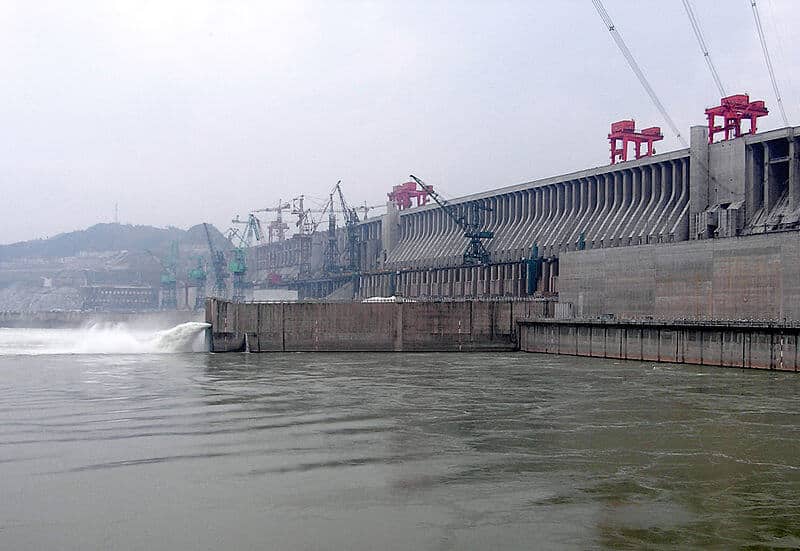Already today, agricultural lands are salted in large areas, fresh water wells are salted, storms drive seawater into the continent and intensify floods in river mouths, residents of islands in the Pacific and Indian oceans are seeking refuge from the rising water to such an extent that some islands whose residents have begun to evacuate

Sea level rise is a known fact. There are various estimates for the level rise: between 60 and 160 centimeters by the end of the century. An increase, even in the low estimate, will cause the flooding of living, residential, agricultural and urban areas and will cause millions of residents to become unemployed.
Already today, agricultural lands are salted in large areas, freshwater wells are salted, storms drive seawater into the continent and intensify floods in river mouths, residents of islands in the Pacific and Indian oceans are looking for refuge from the rising waters to such an extent that some islands have begun to evacuate their inhabitants.
According to measurements by the Intergovernmental Panel on Climate Change (IPCC), since 1961 the sea level has risen by an average of 1.8 mm every year, an increase that is attributed to the warming of water bodies and, as a result, expansion. As well as the addition of water to the oceans as a result of the melting of glaciers in Greenland and Antarctica, but according to the measurements the warming and melting of the glaciers should cause a level rise of only 1.1 mm per year. The question arises, where does another 0.7 mm come from every year?
An answer is provided by a team of researchers from the University of Tokyo who publish their conclusions inNature Geoscience
A hydrologist from the University of Tokyo claims that: "42% of the rise in the level of the oceans is caused by the discharge of water into the sea by man" underground water (aquifers) that are pumped for use in agriculture, industry and as drinking water eventually end up in the sea. Utilization of water from the underground has doubled in the last decades, this is mainly due to population explosion, an explosion that raised the demand for drinking water and irrigating agricultural crops. The water that is pumped from underground reservoirs reaches the seas by direct flow or by evaporation and rainfall that causes surface flows to the oceans.
Some of the underground reservoirs were created over thousands of years and do not regenerate, meaning that water that was trapped in the ground does not return to the reservoirs but flows in surface flows and raises the sea level. There were those who claimed that artificial reservoirs (created by dams on rivers) reduce the phenomenon and maybe even balance it. Huge reservoirs such as: Lake Hoover (in the USA), Lake Three Channels (in China), Lake Aswan (Egypt), are supposed to reduce the phenomenon and not it, since eventually the water from the reservoirs evaporates or flows (upflow) into the oceans.
A Dutch hydrologist from the University of Utrecht who headed a research team to identify the sources of sea level rise concluded that the "contribution" of water from land is not that high and yet he says that "the land contribution to sea level rise must be taken into account by the scientific communities dealing with the issue".
The difference between the two studies is in the data collection method: the Dutch team relied on existing data while the Japanese team measured and collected the data in the field, so it can be assumed that it is closer to the truth.
Either way the message is clear. When people pump water from the underground thinking that the effect will only be local, they are wrong, since pumping water has far-reaching effects and if these are not taken into account, not only will there be a further rise in the ocean level - but in the future there will be a lack of water. In other words, the use of water must also be done in a sustainable manner.
And as usual we will add that the time has come that instead of controlling the environment for the sake of the human population, there will be control of the human population for the sake of the environment.

One response
The problem of pumping from aquifers is temporary, the aquifers are getting empty, and soon no water will be pumped from them.